Definitions of Important Literacy Terms
‘Phonological Working Memory’
Phonological Working Memory refers to coding information phonologically (sound information) for temporary storage in working memory. When you attempt to remember a phone number you have looked up, as you make your way to the phone, you are storing the number temporarily in working memory. You probably do so, not by storing a visual representation of the sequence of digits (although you may be able to do this if you try), but rather by storing a phonological representation of the sounds of the digit names.
(continued from newsletter …)
The part of memory most involved in storing phonological information is called the Phonological Loop. The phonological loop provides a brief, verbatim storage of auditory-based information.
The phonological loop consists of two parts working together:
The first is a phonological store, which can be thought of as an old fashioned ‘tape-recording loop’ that retains the most recent 2 seconds worth of auditory information that has been recorded. The second is an articulatory (using words) control process that provides input to the phonological loop initially and also can refresh information already in the loop so that it can be stored for longer than 2 seconds.
Children with Dyslexia typically have a very poor Phonological Working Memory and therefore struggle to maintain sequences of individual sounds long enough to ‘synthesize’ or ‘mesh them together’ to formulate whole words and then express the whole word as a burst of blended sound.

